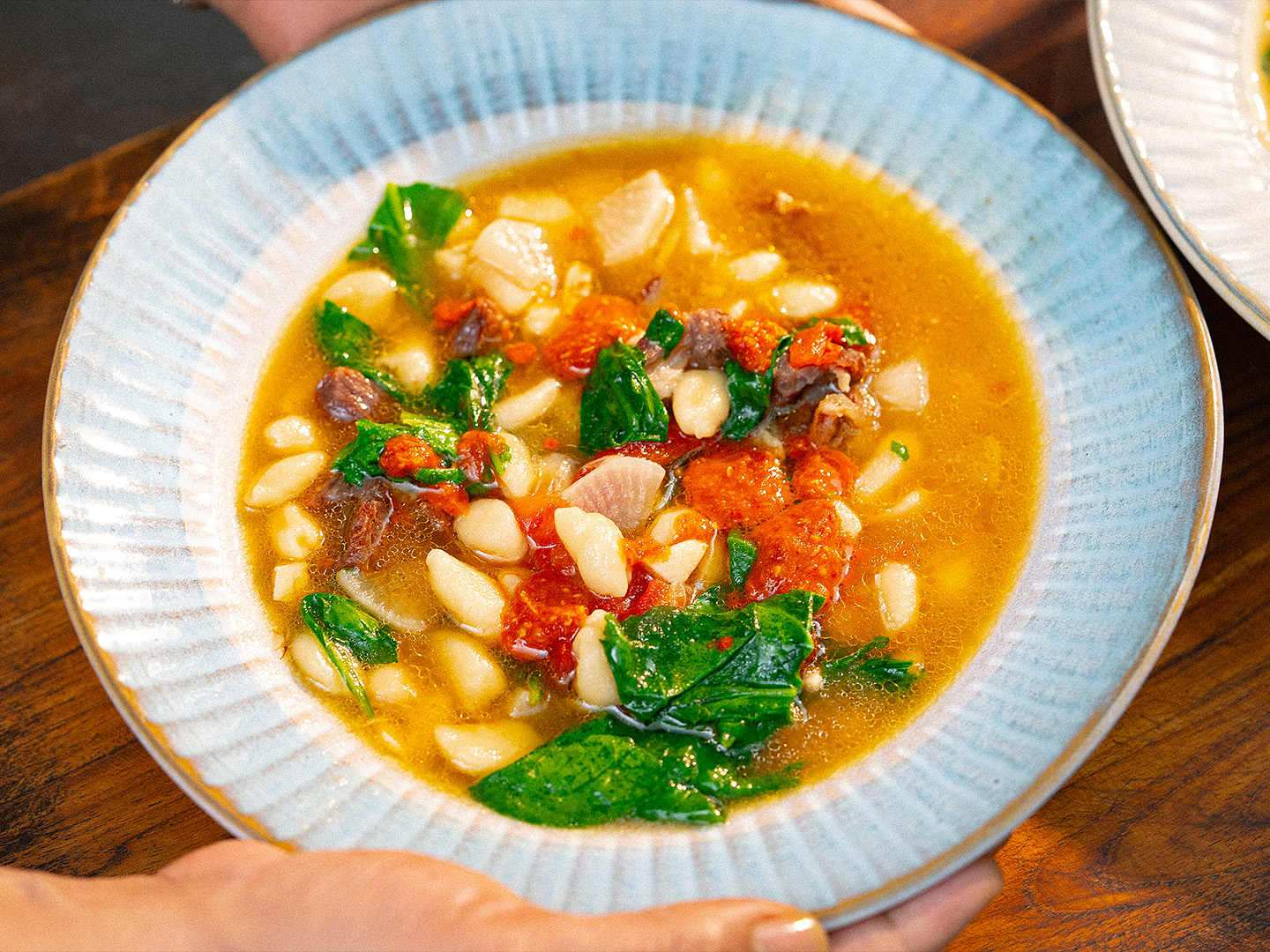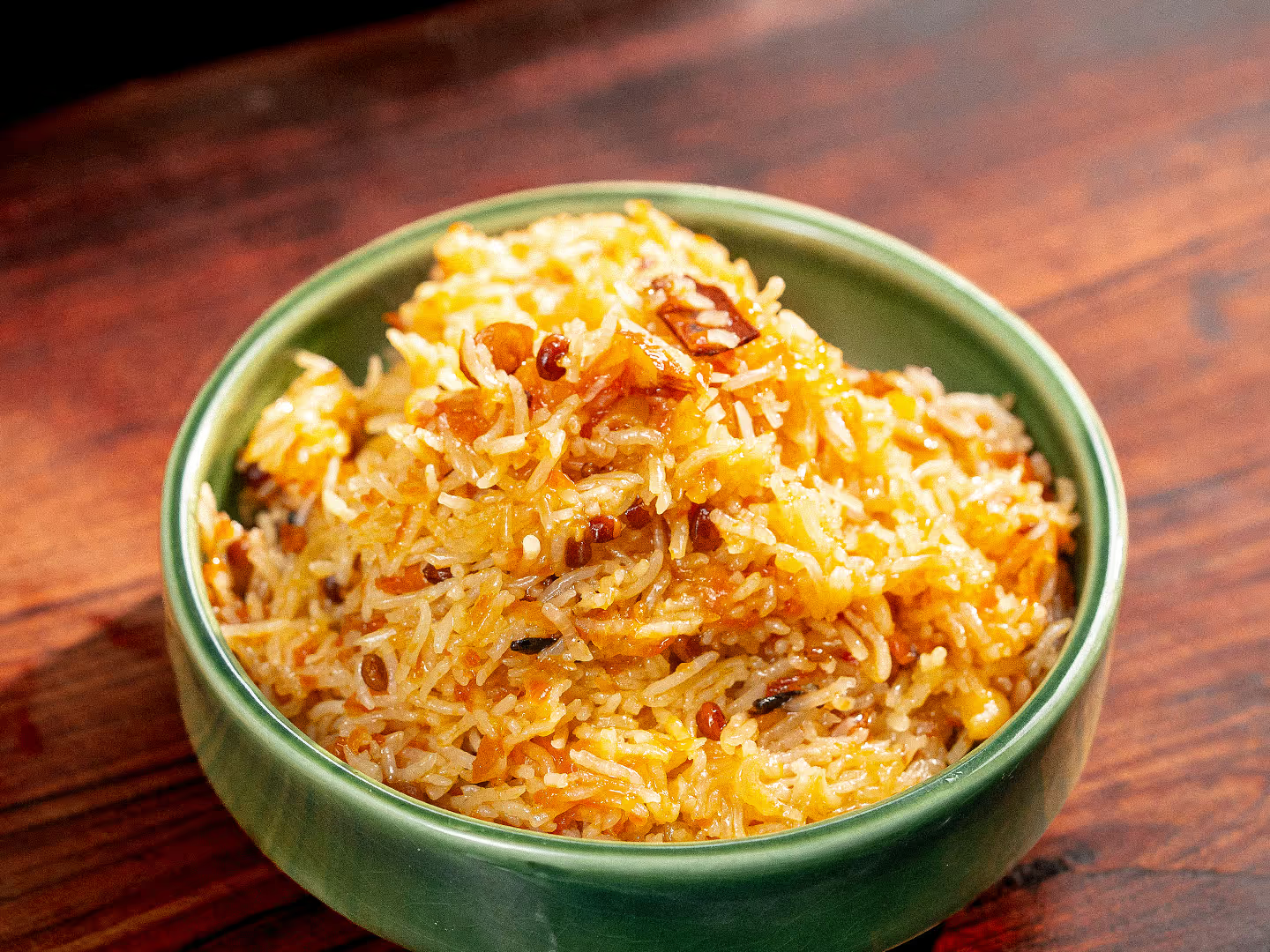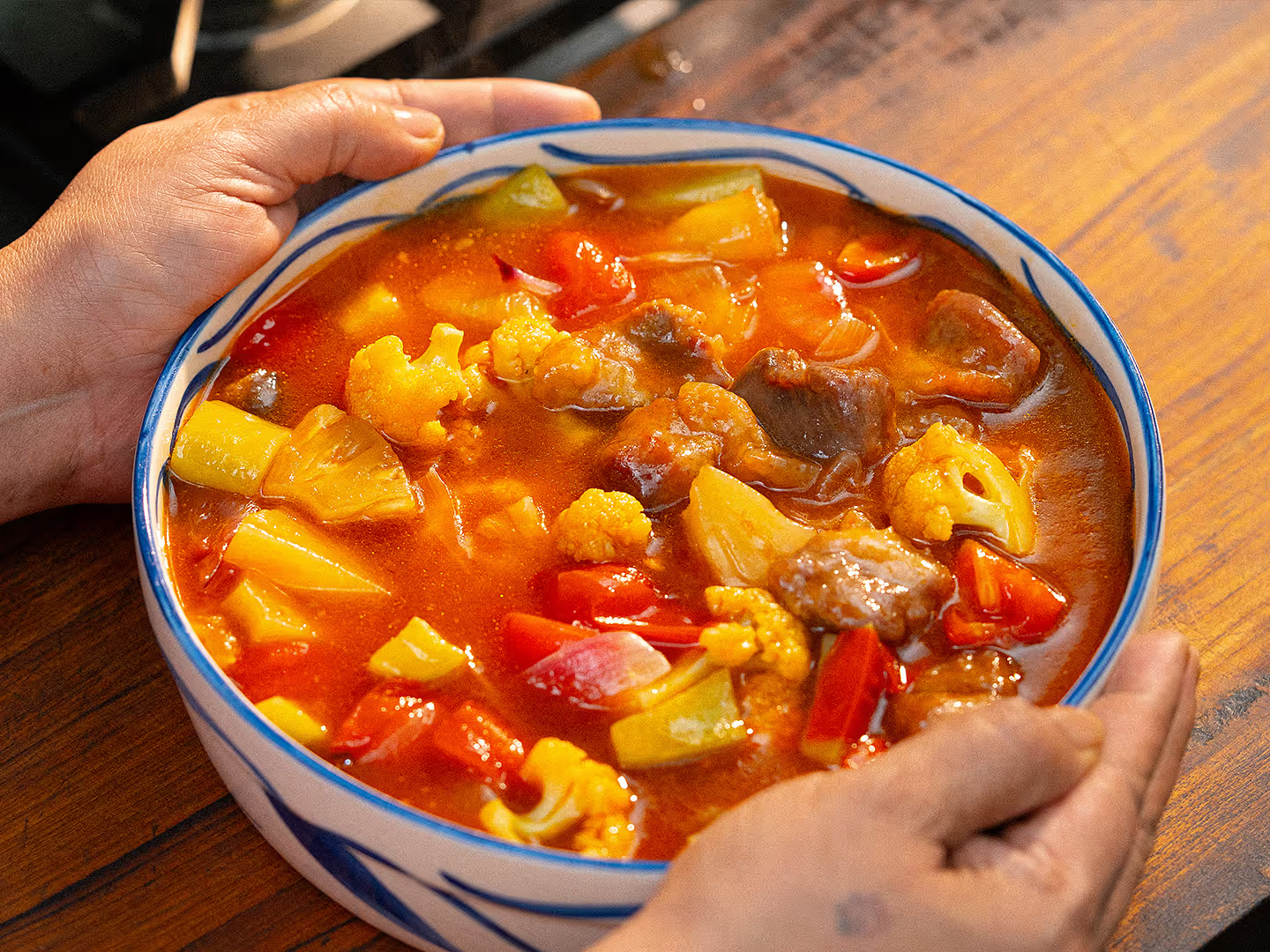Ilish Machher Paturi
Eating the endangered hilsa responsibly is likely to ensure that we enjoy classics such as this for a long time to come.
- Cooking time40 minutes
- Calories324kcal
Ilish machh’er paturi combines three of Bengal's greatest loves—the hilsa fish, the banana plant, and mustard. Even though it looks very involved, it is a fairly easy recipe to execute. It requires few ingredients, no special technique, and very little time.
Ilish or hilsa is, however, is facing extinction due to high demand and overfishing. While policy initiatives between India and Bangladesh are underway to tackle this alarming situation (hilsa conservation depends a great deal on water flow in the Padma-Meghna and Hooghly-Bhagirathi river systems), we can do our bit too [source].
How can you help?
- Don't to buy any hilsa that is under 500 g / 25 cm. Catching of hilsa before the spawning stage is detrimental to the progression of the next generation.
- It is equally important also to not buy hilsa during the breeding season (especially October to November, but even better, until March).
In 2016, Bangaldesh was able to increase its hilsa yield by 50 per cent by putting measures in place to ban fishing in the breeding season. It also laid down and imposed specifications for net size to prevent the catching of juvenile hilsa. There is a need to create more consciousness about the importance of conserving a fish that is perhaps Bengal’s greatest cultural icon.
Frequently Asked Questions
Books in this recipe
Ingredients
- 280 g (or 4 pcs) ilish machh (hilsa fish, 3-cm-thick pieces)
- 40 g mustard seeds (soaked 2 hours)
- 8 pcs green chillies
- 40 g grated coconut
- 50 g yoghurt (beaten)
- 24 g salt
- 2 g sugar
- 2 g turmeric powder
- 20 g mustard oil
Method
- Soak mustard seeds in water for 2 hours.
- Clean the ilish and cut it in 3-cm thick slices. Kolapaturi is best made with thick slices of fish.
- Drain the mustard seeds of the water they’ve been soaking in and add them to a grinder jar. Add 4 green chillies, roughly chopped, along with 100g water. Grinding green chillies with the mustard ensures that it doesn’t turn bitter.
- Grind these to a fine paste. Take your time with this process. Scrape down the sides of the jar and grind as many times as it takes to form the smoothest possible paste. The finer the grind, the better the flavour.
- Now, add the grated coconut to the grinder jar, along with salt, sugar, and turmeric powder. Grind once again till everything is smooth and well combined.
- Transfer this paste to a mixing bowl. Add the beaten yoghurt and mustard oil. Mix till the oil is fully incorporated.
- Spoon this mixture over the ilish, dividing it equally. Turn the fish over and coat the other side as well. Use your hands to make sure every part of the fish, including its cavities, are well coated. Set it aside to marinate for 15 minutes.
- Meanwhile, wash and cut up some kolapata into rectangular sheets, 20 cm by 50 cm in dimension. Gently toast them on a pan set on medium heat. This will increase malleability of the banana leaves, ensuring that they don’t crack when folded. Remove from heat and set aside.
- On a banana-leaf sheet, spoon some mustard paste. Set one piece of the fish on it. Top off with some more of the paste and a split green chilli.
- Carefully wrap the fish with the banana leaf making sure that it is fully covered. If you find that your leaf is torn, wrap another layer of leaf around it. Tie this parcel up securely with a cotton string (don’t use synthetic or it will melt when heated).
- Add a tablespoon of oil to the tawa (pan). Once hot, place the parcels on it side by side.
- Cover and steam the banana-leaf parcels on low heat for 5 minutes on each side.
- Unwrap and serve hot.































